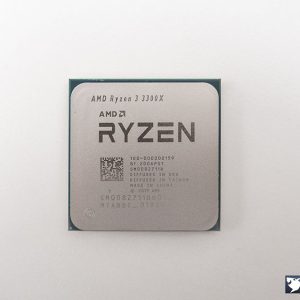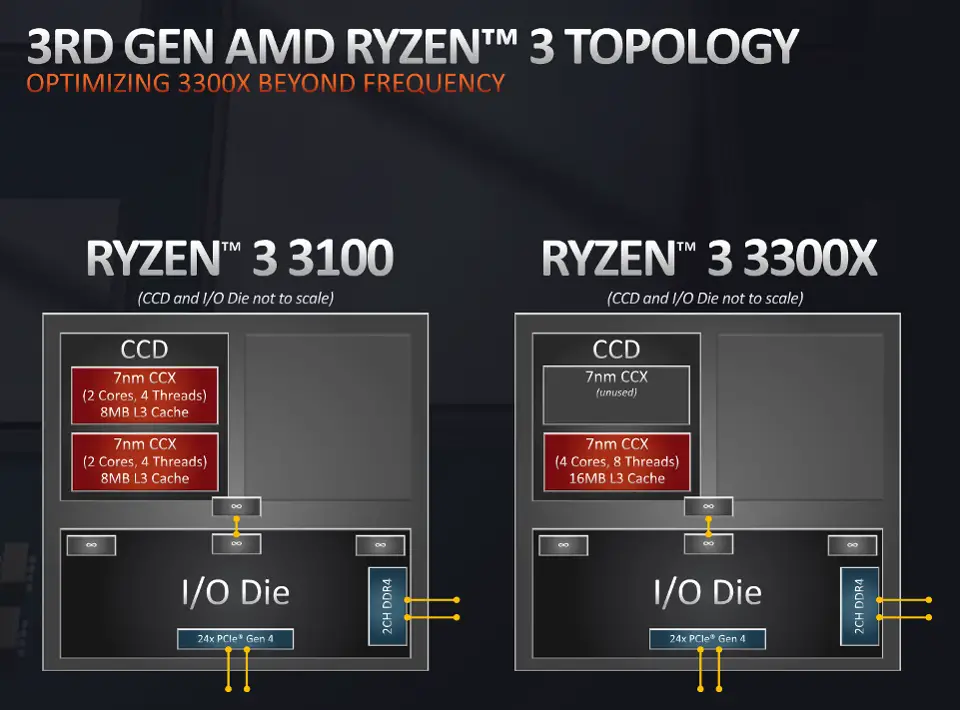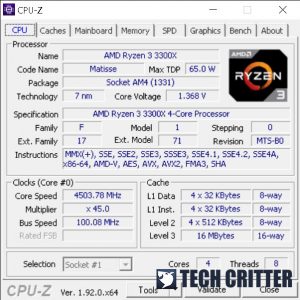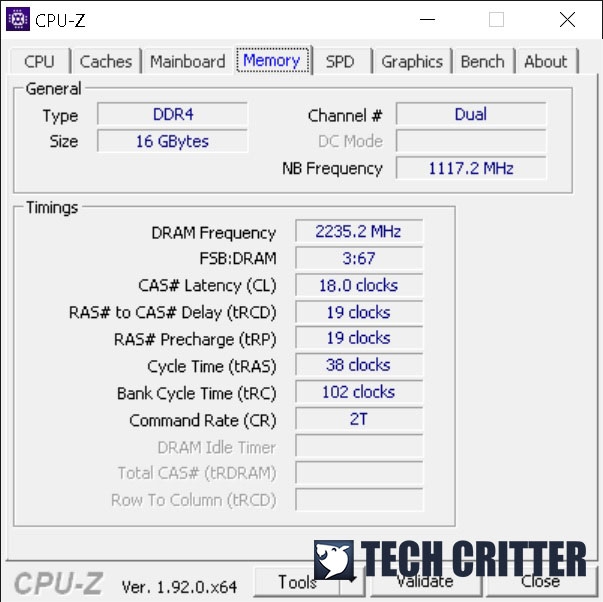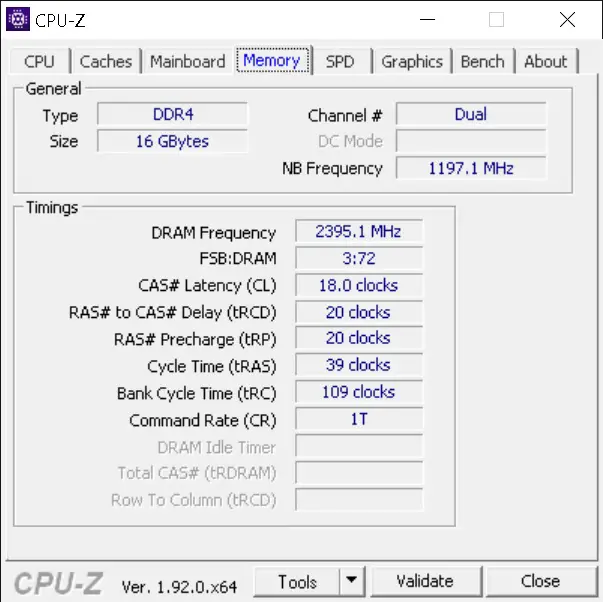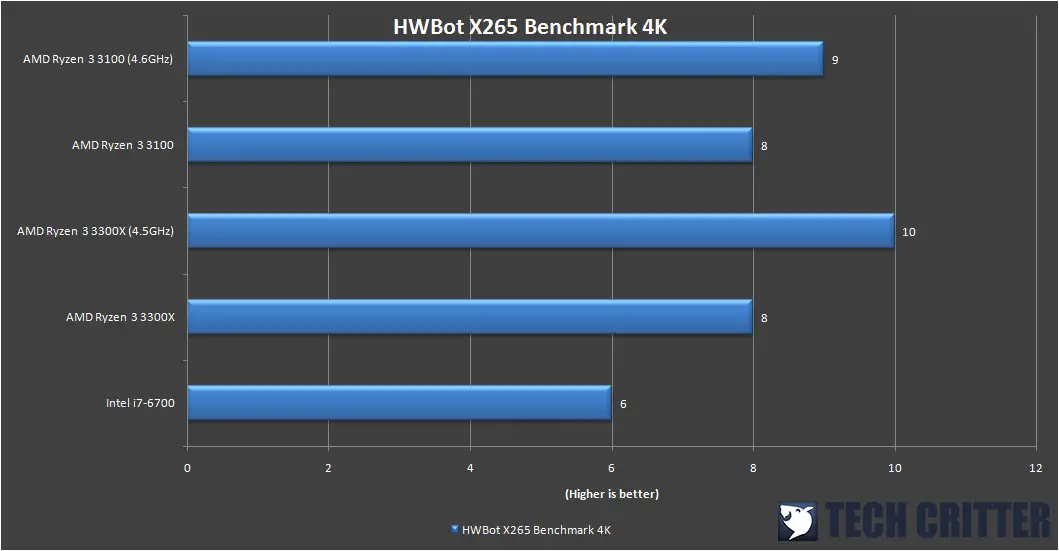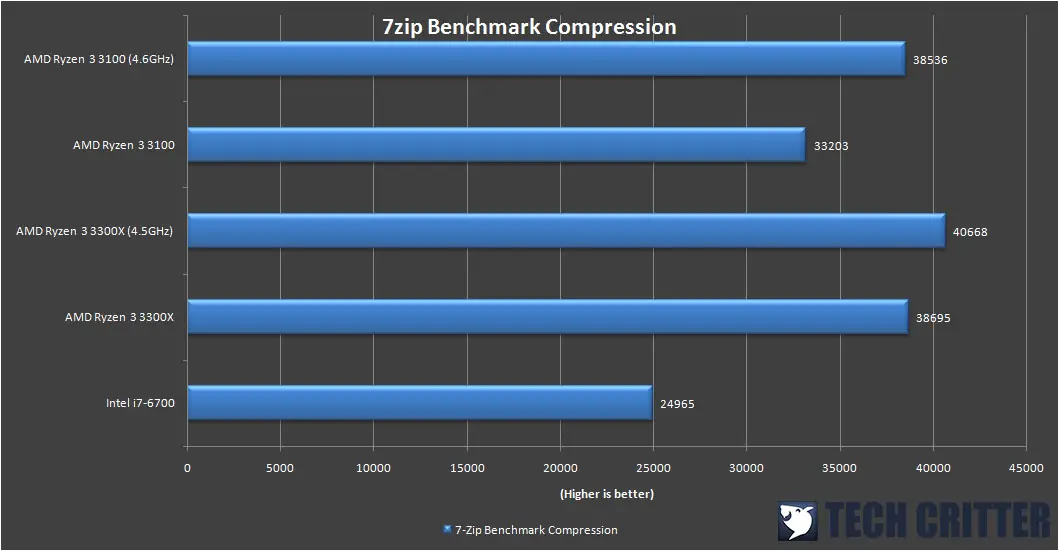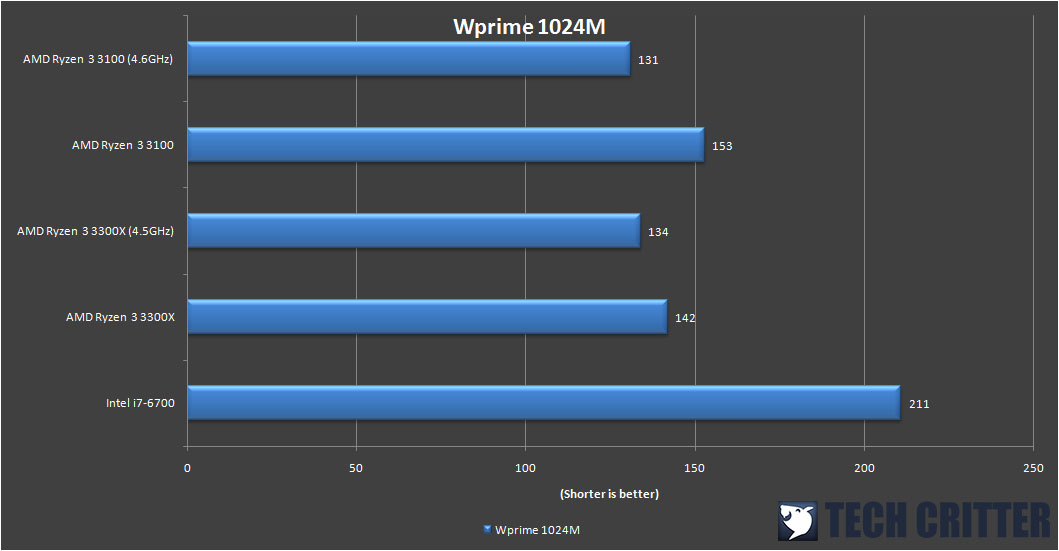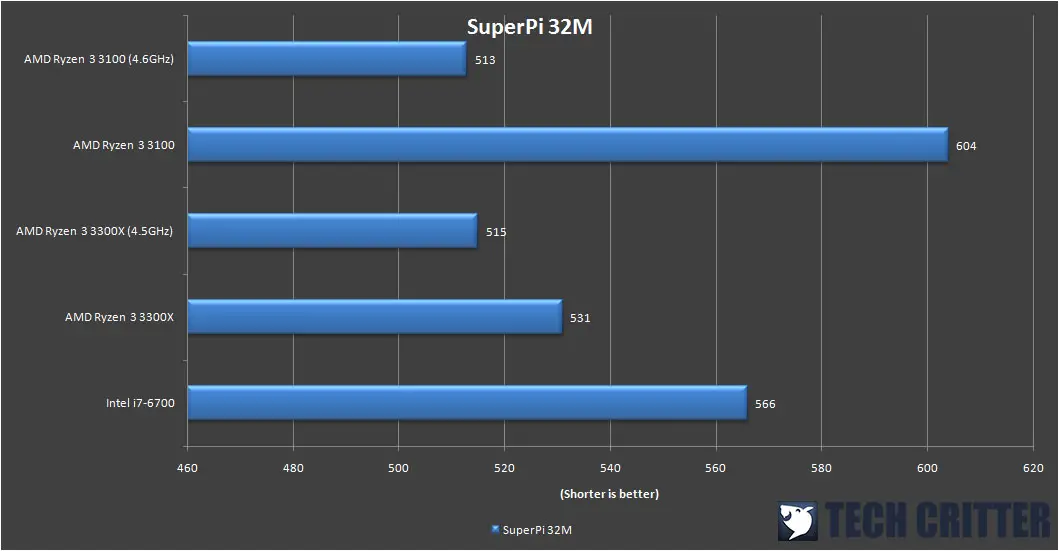While AMD continues to reign over the desktop processor market in almost every segment, the Ryzen 3000 series lineup is still lacking in the entry-level segment. It took them long enough but the series is finally completed with the announced Ryzen 3 3300X and Ryzen 3 3100. Both the Ryzen 3 3300X and Ryzen 3 3100 are built on the same Zen 2 architecture as the existing Ryzen 3000 series desktop processors, featuring the same PCIe 4.0 support and enabled SMT, which finally fills the gap in the entry-level segment Ryzen 3000 series lineup.
We have both the Ryzen 3 3300X and Ryzen 3 3100 with us for this round, which is compared against one of the Intel-based rigs we have here that shares a similar configuration.
Specifications
| Model | Cores/ Threads | TDP (Watts) | Boost/Base Freq. (GHz) | Total Cache (MB) | MSRP (MYR) |
| Ryzen 9 3950X | 16/32 | 105W | 4.7/3.5 | 72 | 3149 |
| Ryzen 9 3900X | 12/24 | 105W | 4.6/3.8 | 70 | 2199 |
| Ryzen 7 3800X | 8/16 | 105W | 4.5/3.9 | 36 | 1799 |
| Ryzen 7 3700X | 8/16 | 65W | 4.4/3.6 | 36 | 1399 |
| Ryzen 5 3600X | 6/12 | 95W | 4.4/3.8 | 35 | 1069 |
| Ryzen 5 3600 | 6/12 | 65W | 4.2/3.6 | 35 | 859 |
| Ryzen 5 3500X | 6/6 | 65W | 4.1/3.6 | 32 | 639 |
| Ryzen 5 3500 | 6/6 | 65W | 4.1/3.6 | 16 | – |
| Ryzen 3 3300X | 4/8 | 65W | 4.3/3.8 | 18 | 549 |
| Ryzen 3 3100 | 4/8 | 65W | 3.9/3.6 | 18 | 449 |
Ryzen 3 3300X and Ryzen 3 3100
We can’t really show you how to box looks like nor what’s included in the box because the samples we have here don’t come with one but it’s been confirmed that a Wraith Stealth cooler will be included with both the Ryzen 3 3300X and Ryzen 3 3100.
Specifications wise, the Ryzen 3 3300X is very similar to the Ryzen 3 3100, having the same 4C8T configuration, 65W TDP, 18MB total cache. At first glance, the most significant difference between both CPUs is that the Ryzen 3 3300X is clocked higher at 3.8GHz with 4.3GHz boost clock while the Ryzen 3 3100 has a slightly lower base clock of 3.6GHz and boost clock at 3.9GHz.
Although both CPUs seem to have many similarities in terms of specifications – the same cores count, TDP, L3 cache, the Ryzen 3 3300X and Ryzen 3 3100 aren’t exactly the same CPU that is clocked differently like what we’ve seen on the Ryzen 7 3700X and Ryzen 7 3800X.
Looking at the layout provided by AMD, the Ryzen 3 3100 has two CCX with 2C4T and 8MB L3 cache each in its configuration, while the Ryzen 3 3300X has a single CCX with 4C8T and 16MB L3 cache in its configuration. From the different 2+2 and 0+4 configuration on both CPUs, we can see that the Ryzen 3 3300X with single CCX doesn’t need to deal with the cross-talk latency like the Ryzen 3 3100 did with its two CCX configuration.
Test System Setup
| CPU | Intel Core i7-6700 / AMD Ryzen 3 3300X / AMD Ryzen 3 3100 |
| Motherboard | ROG Maximus VIII Gene / MSI MEG X570 GODLIKE |
| Memory | T-Force Xtreem ARGB DDR4 @3200MHz CL14-14-14-34 |
| Graphics Card | GeForce GTX 1080 Founders Edition |
| Power Supply | Cooler Master V1200 Platinum |
| Primary Storage | CORSAIR Force MP600 Gen4 PCIe x4 NVMe M.2 SSD |
| Secondary Storage | Gigabyte AORUS RGB AIC NVMe SSD 1TB |
| CPU Cooler | Cooler Master MasterLiquid ML360R RGB |
| Chassis | Streacom BC1 Open Benchtable |
| Operating System | Windows 10 64bit |
CPU Overclocking
We’ve started our test by overclocking both the Ryzen 3 3300X and Ryzen 3 3100 as much as we can and surprisingly, both the CPU are able to go further than the much limited 4.2GHz mark that we get on the Ryzen CPUs we’ve tested in the past.
After some minor adjustments and hours of stress tests, we’ve managed to get 4.6GHz on the Ryzen 3 3100 with 1.36V Vcore and 4.5GHz on the Ryzen 3 3300X with 1.38V Vcore. Since the Wraith Stealth isn’t designed to handle this much heat output, you’ll need something that can do a much better job in cooling down the CPU. Using Cooler Master MasterLiquid ML360R RGB liquid cooler we have on the test bench, we’re getting an average CPU load temperature at around 80~83°C.
We ended the test with the Ryzen 3 3100 at 4.6GHz and Ryzen 3 3300X at 4.5GHz, as increasing an additional 100MHz will require a much higher Vcore value which we find rather uncomfortable for a 24/7 daily usage.
Memory Overclocking
Moving on to memory overclocking, we’re using the MSI MEG X570 GODLIKE and T-Force Xtreem ARGB DDR4 which we’re able to reach 4666MHz in our previous test with the Ryzen 9 3950X to see if we can replicate the same or if not, similar result with both the Ryzen 3 3300X and Ryzen 3 3100.
By the end of the test, the highest memory frequency we can go with both Ryzen 3 3300X and Ryzen 3 3100 is 4466MHz with CL18-19-19-38 2T timings and VDIMM at 1.45V. It’s not exactly the result we’ve expect to see but it’s still a pretty okay result for an entry-level CPU.
[Update]
We manage to get our hands on the Gigabyte B550 AORUS PRO for a quick run and we’re able to achieve an even better result with the same T-Force Xtreem ARGB DDR4. Although we didn’t manage to achieve a DDR4-5000+ which the B550 AORUS PRO is actually capable of (according to the specifications), we still managed to achieve 4800MHz with CL18-20-20-39 1T timings and VDIMM at 1.45V.
Game Benchmark – 1080p Gaming
Game Benchmark – 1440p Gaming
Game Benchmark – 4K Gaming
Performance Comparison
In case if you’re wondering why are we comparing both against an old Intel i7-6700, we know that this is not exactly a fair comparison but we wanted to know which of these is a better upgrade option for those who are shifting from an older system that still uses DDR3 memory, just for the sake of curiosity.
Creative Workload Benchmark
Cinebench is a real-world cross-platform test suite that evaluates your computer’s hardware capabilities by taking advantage of multiple CPU cores and modern processor features. Looking at the numbers we have from both Cinebench R15 and Cinebench R20, both Ryzen 3 3300X has over the Ryzen 3 3100 shares similar performance after being overclocked but we can somewhat see the advantage the Ryzen 3 3300X has over the Ryzen 3 3100 in the multicore benchmark with its single CCX configuration.
As its name suggests, the HWBot X265 benchmark renders a video in 1080P or 4K resolution using the x265/HEVC encoder. It takes advantage of modern CPU instructions set and multi-threaded, which will put our CPUs to the test. In this test, both the Ryzen 3 3300X and Ryzen 3 3100 performs almost on par in the 1080P benchmark but the additional bump on the clock seems to give the Ryzen 3 3300X a slight advantage in the 4K benchmark test.
File Compression & Decompression Benchmark
File compression and decompression isn’t something that the Ryzen 3 CPUs are generally good at in the past, but this time, we can see that both the Ryzen 3 3300X and Ryzen 3 3100 are doing better in compression and decompression.
Synthetic CPU Benchmark
While both WPrime and SuperPi benchmark works in a different way, both the Ryzen 3 3300X and Ryzen 3 3100 (after overclocked) are actually performing better than our Intel Core i7-6700 in both tests.
First Impression?
Hyper-Threading (HT) or Simultaneous multithreading isn’t exactly the kind of feature you get to see on an entry-level segment CPU but the Ryzen 3 3300X and Ryzen 3 3100 which AMD has recently introduced is definitely something new to this segment. Despite marketed as an entry-level CPU, the Ryzen 3 3300X and Ryzen 3 3100 can do just as good or even better than an older Intel Core i7-6700 in most of the tasks, which some will still sell you at the RM 500 price range if you’re looking for a used one which doesn’t come with PCIe Gen4 support.
Both CPU works great right out of the box, with pretty much all the features you’ll get on the currently available Ryzen 3000 series desktop processors and can still be overclocked for some extra performance if you have the right CPU cooler to get the job done. The Ryzen 3 3100 we have here runs with roughly 1.18V Vcore with everything set to default and can be overclocked to 4.2GHz with a minor bump on the Vcore if needed and it will still run at around 80°C on a Wraith Stealth cooler. As for the Ryzen 3 3300X, we recommend leaving it as it is if you plan to stick with the Wraith Sleath cooler.
For memory overclocking, albeit a slight difference in the sub timings, we managed to achieve a pretty okay result of DDR4-4800 on both Ryzen 3 3300X and Ryzen 3 3100 on a Gigabyte B550 AORUS PRO and T-Force Xtreem ARGB DDR4 which is able to reach 4666MHz with a Ryzen 9 3950X in our previous test on an MSI MEG X570 GODLIKE. But then again, the memory overclocking is just for the fun. As we can’t really see any benefit from running the memory at 4000MHz or more and it’s best to leave it at 3600MHz via XMP or manual adjustments as recommended by AMD.
Looking at the features it has to offer for this segment, the Ryzen 3 3300X and Ryzen 3 3100 is a damn good deal for its price, hands down. If you’re planning for an upgrade from an older system that is 3 to 4 generations behind but with a limited budget, the Ryzen 3 3300X and Ryzen 3 3100 a great choice to consider for.

